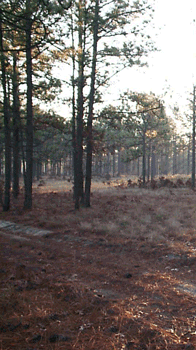NCFS-Home >> Urban Forestry >> NC Urban Wood Utilization
NC Urban Wood Utilization
Program Information:

Awareness of wood waste issues has become even more pressing as forest health crises such as the emerald ash borer, sudden oak death, and the Asian longhorned beetle threaten both rural and urban forests. With millions of trees already killed by these pests, the need for higher value recycling options continues to grow. Yet, even when major forest threats aren't magnifying the problem, municipal forestry departments and independent tree service companies struggle with the high costs of wood processing, transportation, and disposal.